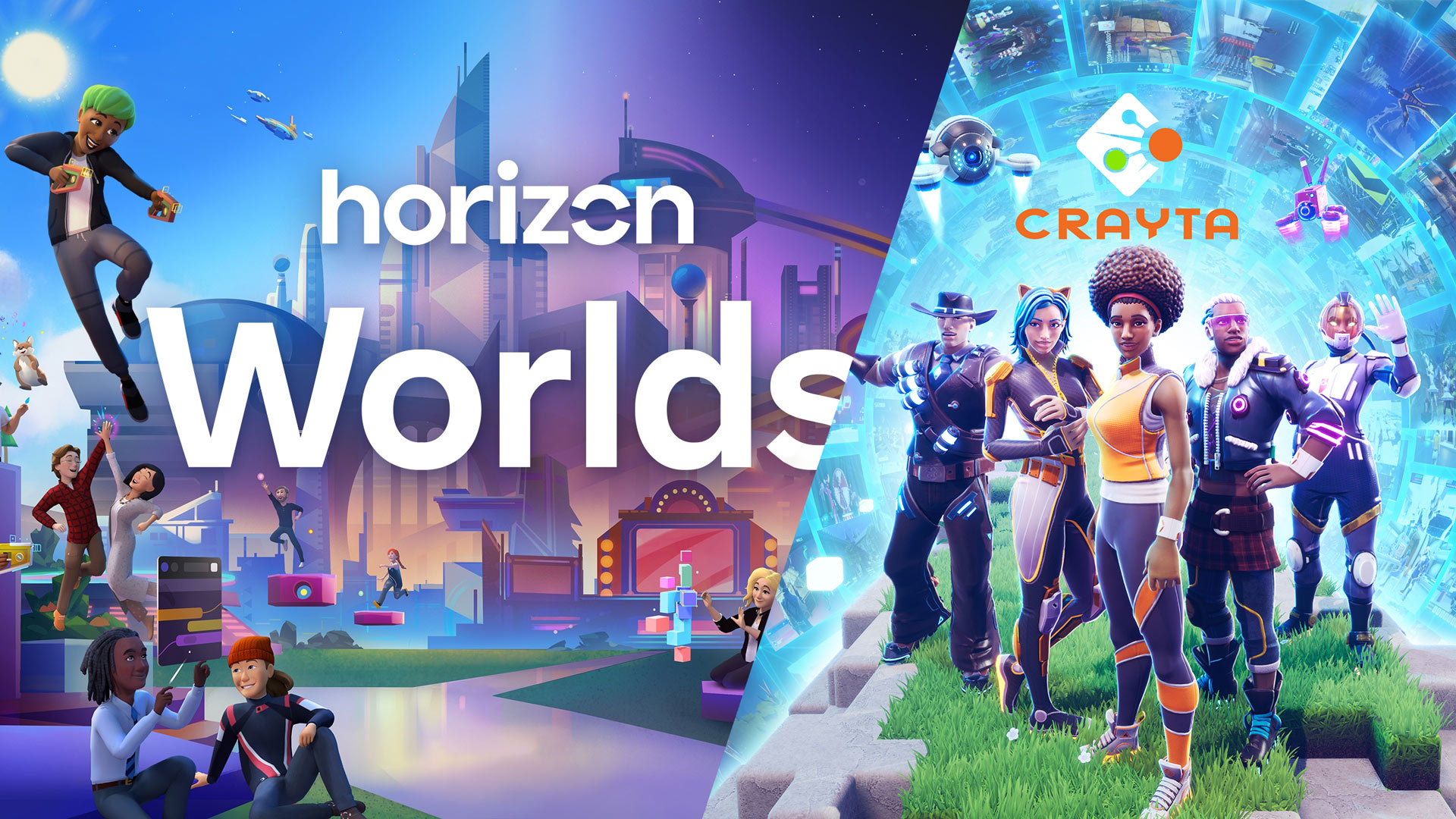Meta says it plans to connect Horizon Worlds and Crayta in ‘meaningful ways’ which will bring the first inkling of cross-platform interoperability to the company’s metaverse plans.
Meta may be all in on the metaverse, but to date hasn’t done much to actually build one. Sure, the company has Horizon Worlds, which is no doubt a great collaborative creation platform, but it’s an island unto itself with no interoperability outside of its own walls—something which many agree is a requirement for a proper metaverse. But soon, Meta says, it will take its first step—a tiny step—toward an interconnected metaverse.
At the upcoming Meta Connect event next week, the company plans to explain how it will connect its VR creation platform Horizon Worlds to Crayta, another creation platform acquired by Meta last year.
In the session called Building Bridges to the Metaverse, the company reveals that, “[User-generated content] creation platforms Crayta and Meta Horizon Worlds will soon be connected in ways that will demonstrate the potential of a metaverse of experiences with shared values. Leads from both teams will discuss this journey and show how it’s possible for two products on different platforms to connect meaningfully and add value without compromising either of them.”
While we’ll have to wait for the session itself to get more details about how deep this connection will go, another session reveals that one part of the connection will be sharing avatars between platforms.
“This session explains the thinking and problem solving that allowed the [user-generated content] game platform Crayta, to welcome Meta Avatars into its ecosystem. Takeaways include insights into how another platform thinks about avatar appeal, and examples of technical problem solving to allow a user’s avatar to travel between platforms.”
It isn’t clear if this will be a two-way street (where avatars from either platform can hop onto the other) or only a one-way street (where Meta Avatars can jump into Crayta but not the other way around). It also isn’t clear if there will be anything beyond sharing the same avatar, or if some other parts of users’ digital identities will be able to cross between the platforms, like usernames, control preferences, or in-game points or resources.
Many agree that, like the web, the metaverse should be open and widely interoperable; so while it’s nice nice to see Meta taking its first steps toward connecting otherwise disparate platforms, this is still just one player connecting two closed platforms, with no way for others to be part of the club. In that sense, it will still be a long time yet before we see anything that feels like a proper metaverse.
,
